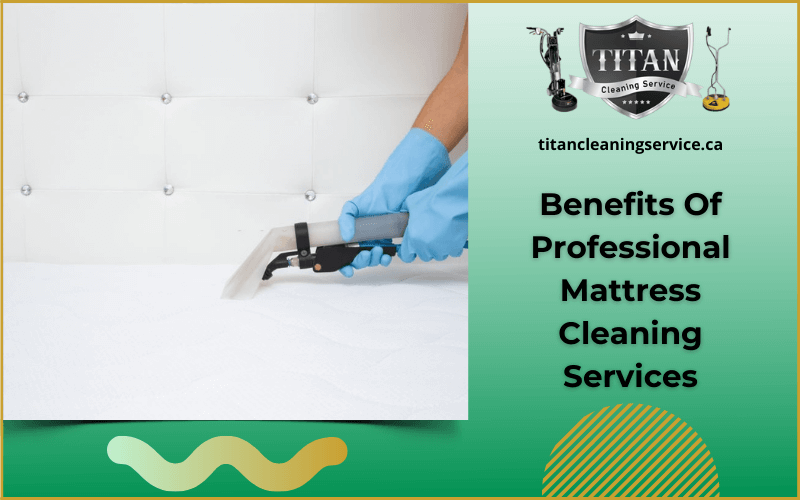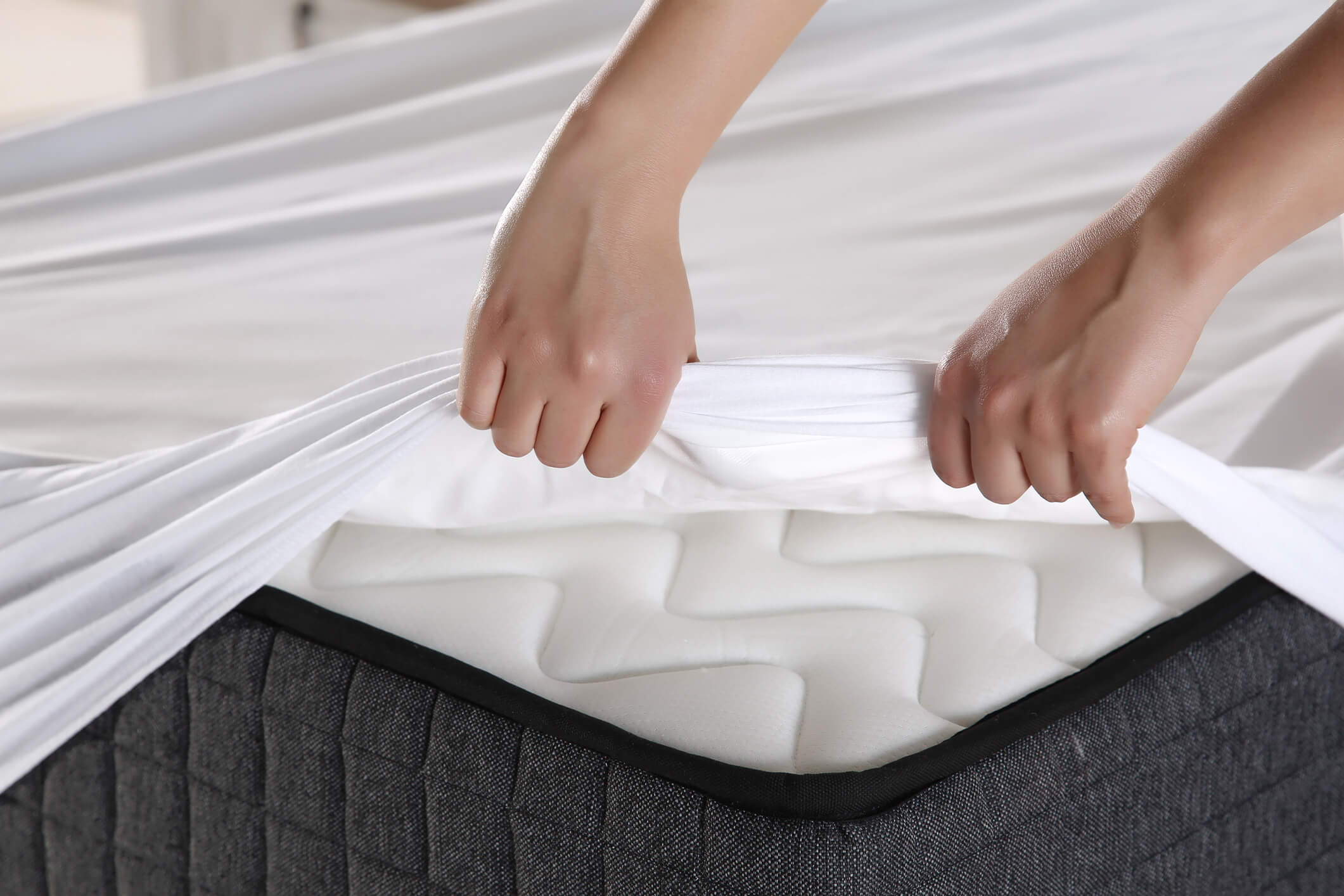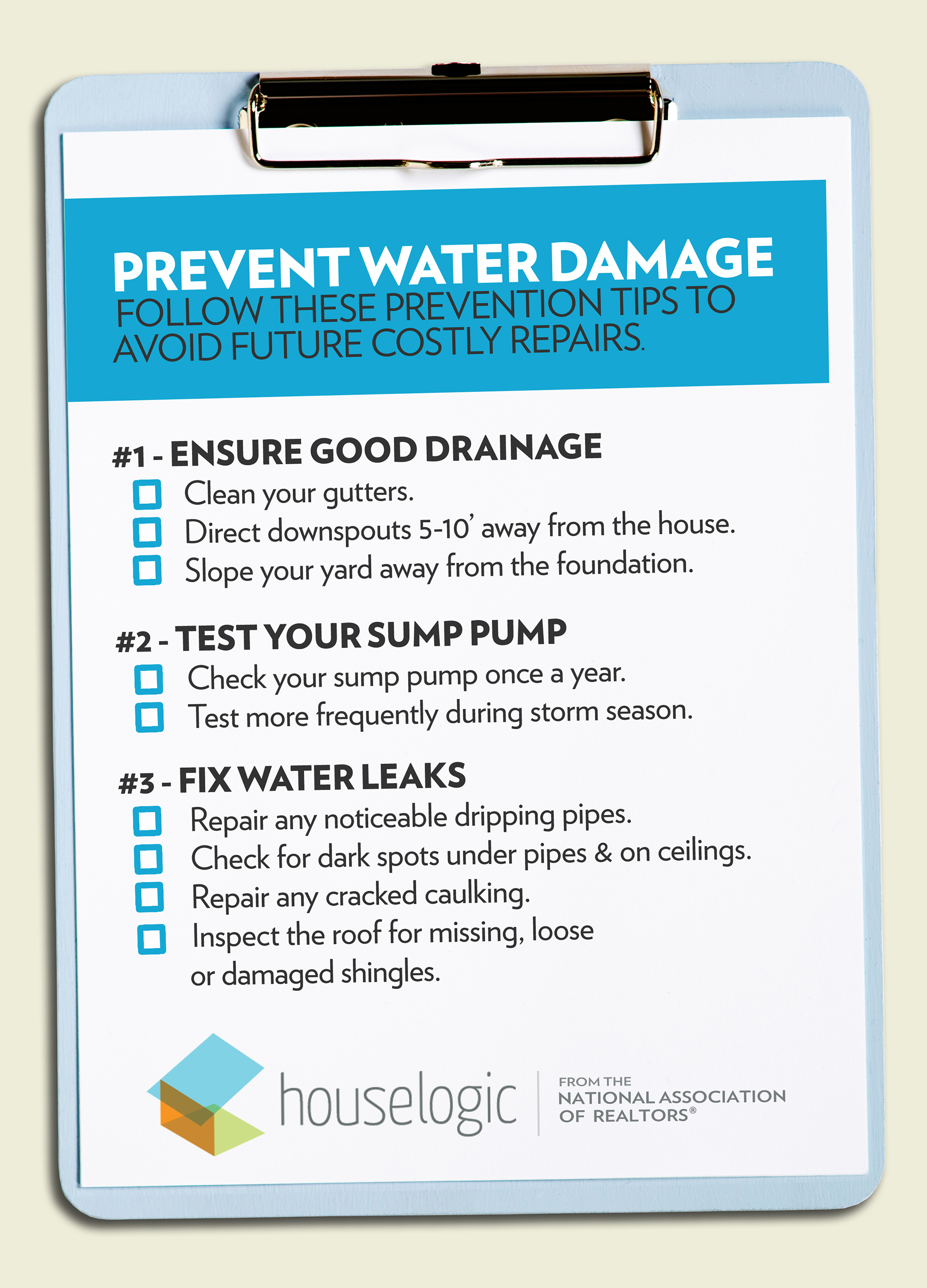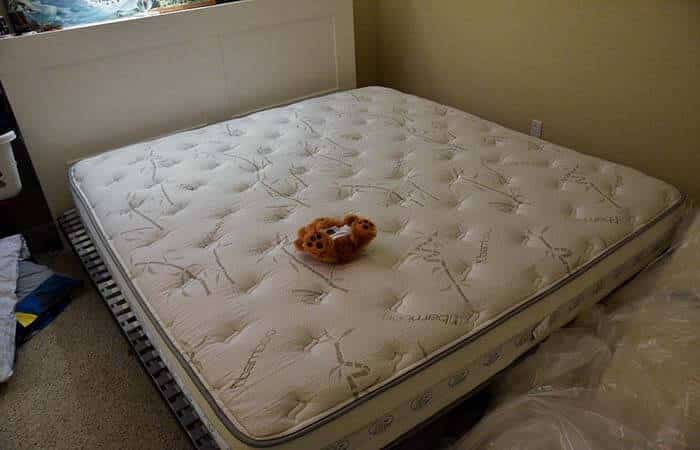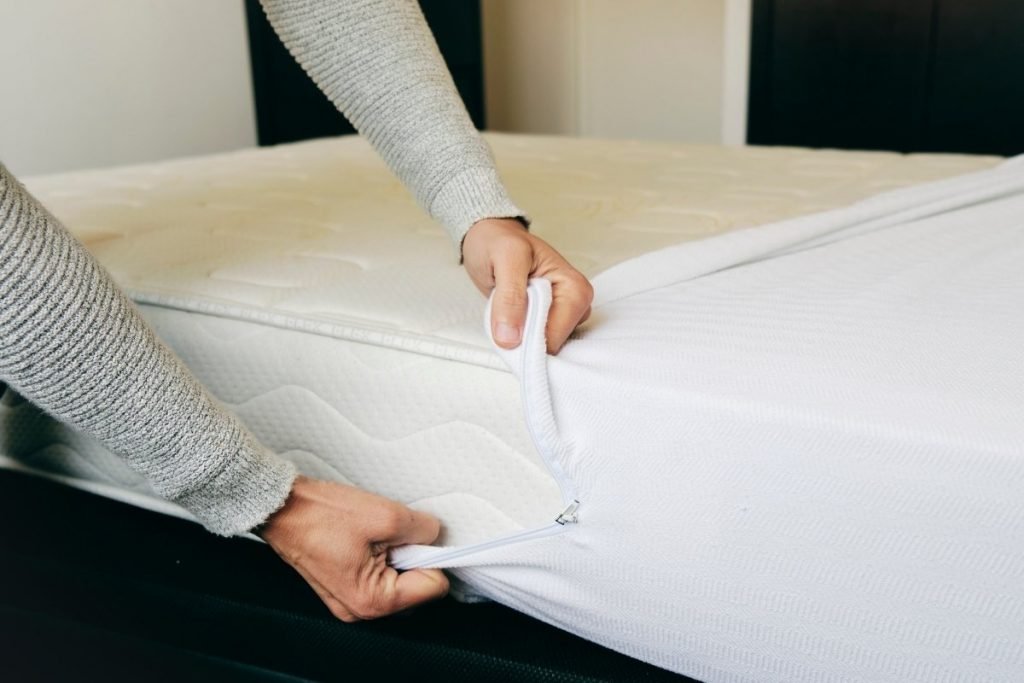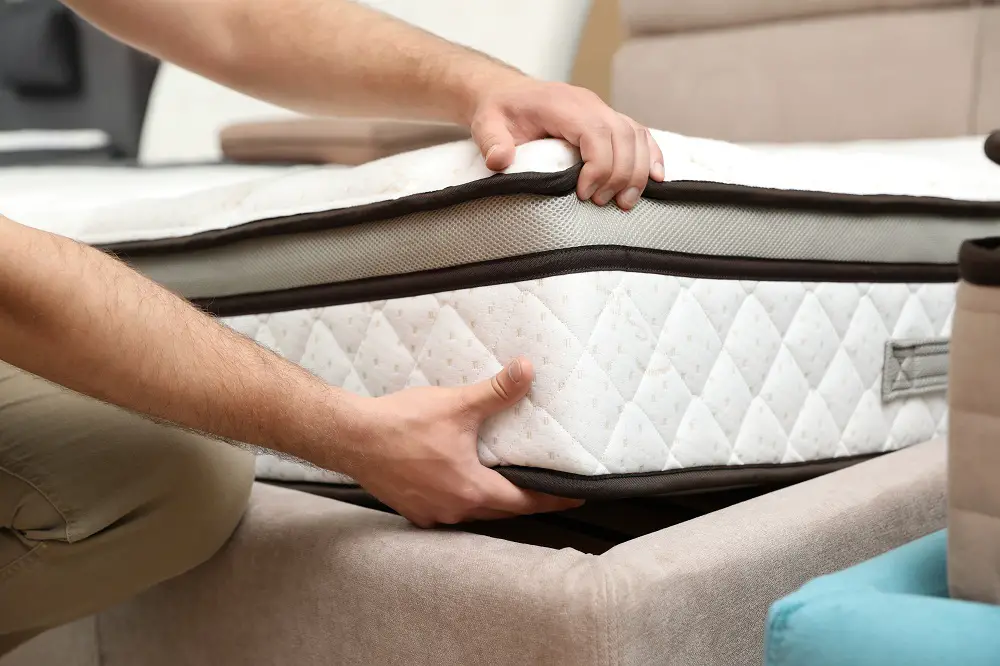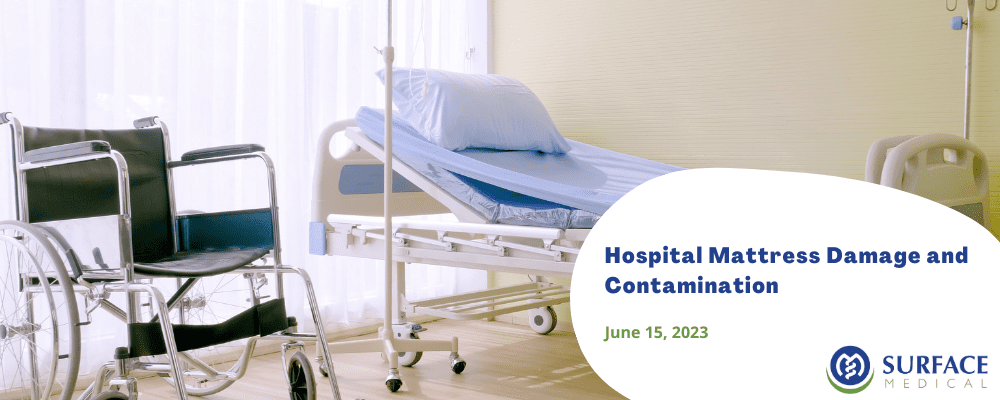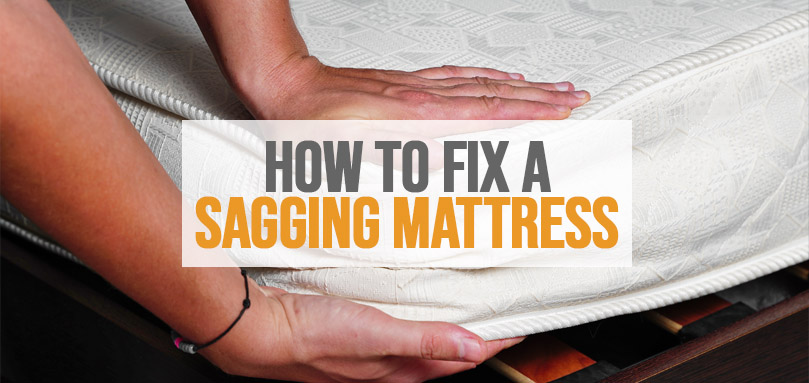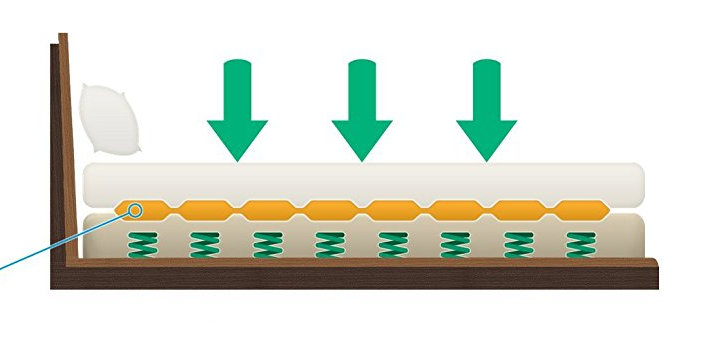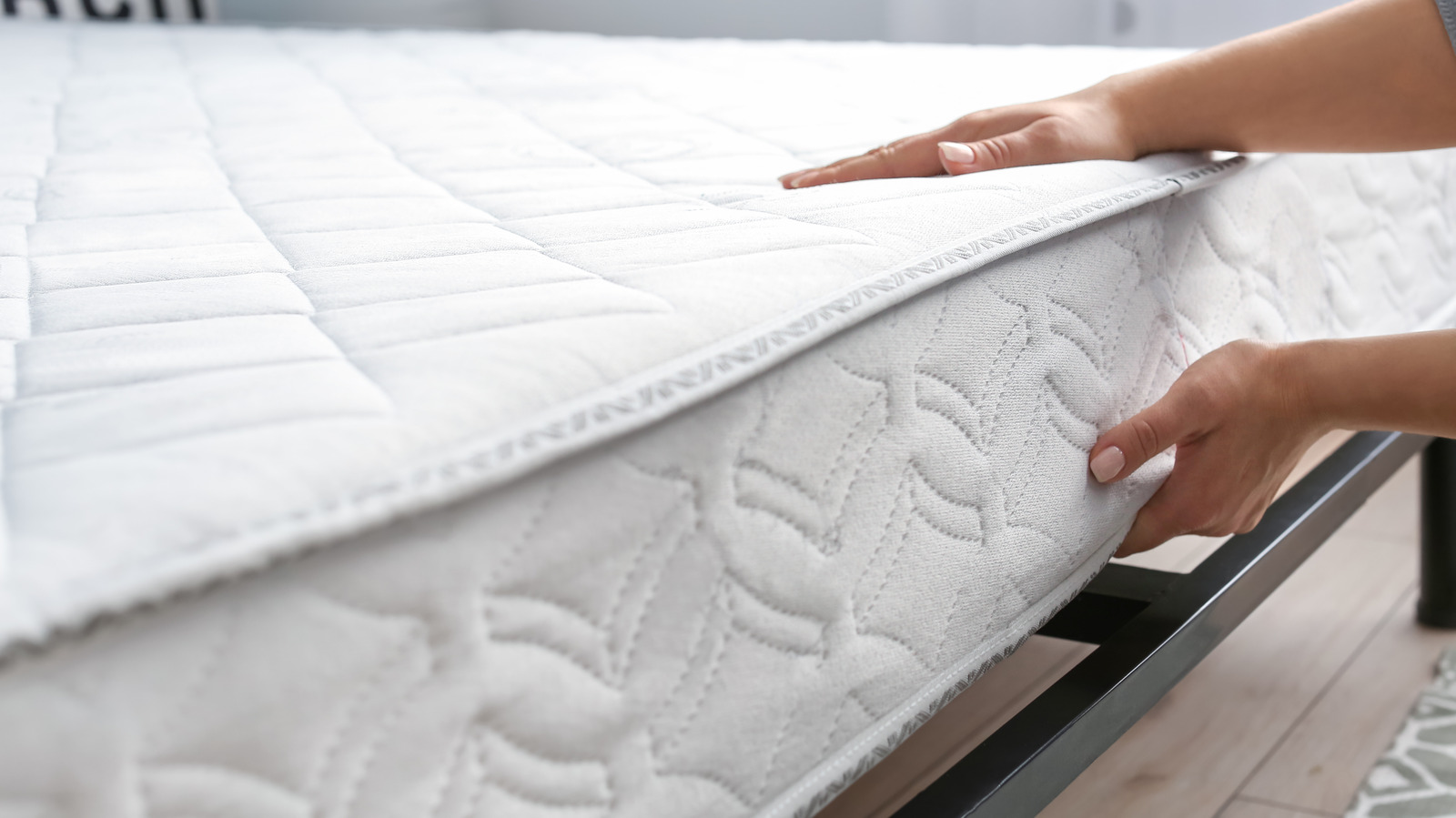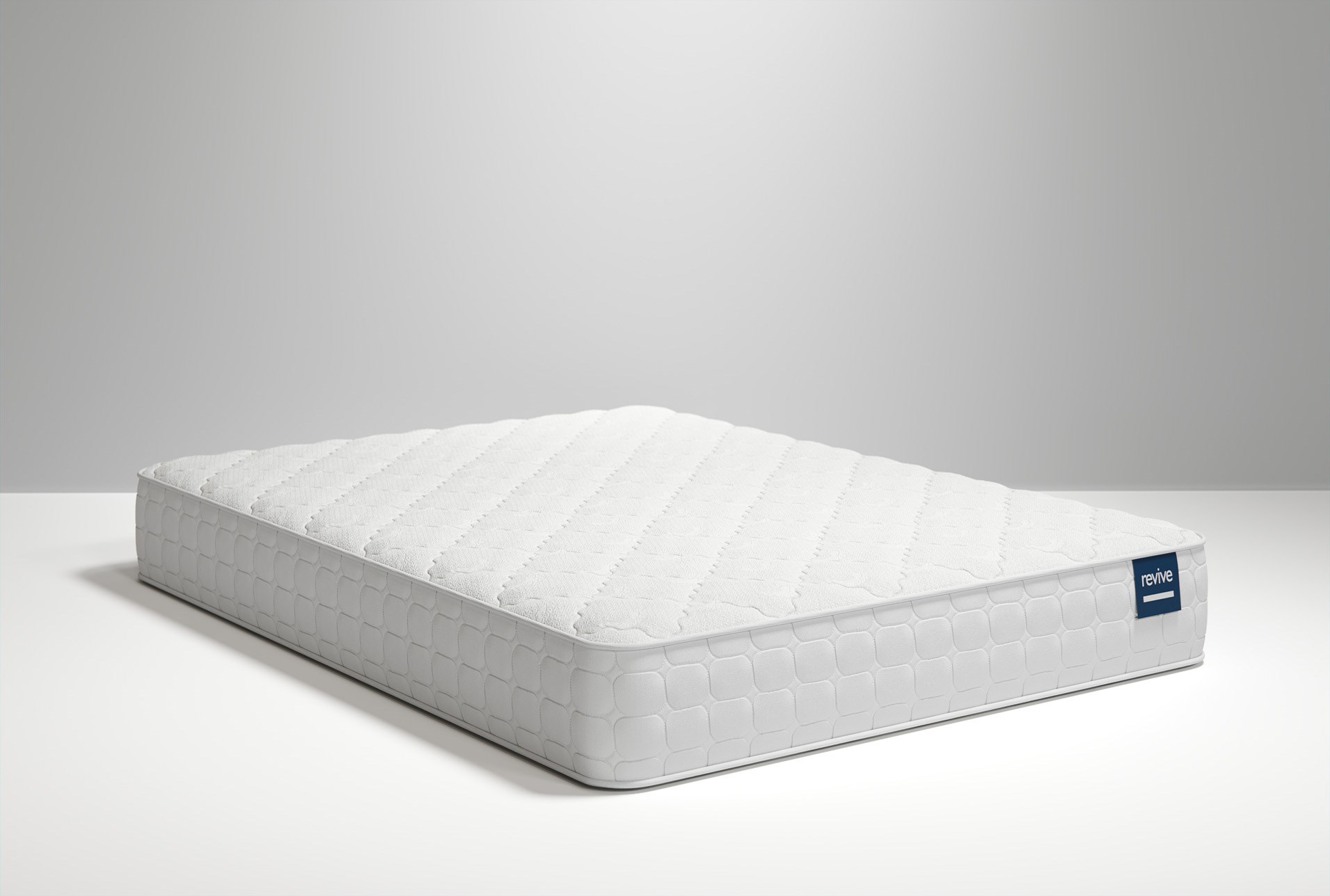Mattresses are a crucial part of our daily lives, providing us with the comfort and support we need for a good night's sleep. But what happens when your mattress starts to show signs of wear and tear? Is it possible to repair a mattress, or do you need to replace it entirely? In this article, we'll explore the world of mattress repair and give you all the information you need to make the best decision for your sleep and your budget.Can a Mattress Be Repaired? Here's What You Need to Know
Before we dive into the specifics, it's essential to understand that not all mattresses can be repaired. The type, age, and severity of the damage will determine whether it's worth attempting to fix your mattress or if it's time for a replacement. Here are some tips and tricks to help you determine if your mattress is repairable. Tip #1: Assess the damage - Start by examining your mattress for any visible signs of damage, such as tears, holes, or sagging. If the damage is minor, it may be possible to fix it yourself. However, if the damage is extensive or affects the structural integrity of the mattress, it's best to replace it. Tip #2: Consider the warranty - If your mattress is still under warranty, check to see if the damage is covered. Most warranties only cover manufacturing defects, so accidental damage may not be included. However, it's worth checking before attempting any repairs. Tip #3: Determine the cause - Understanding what caused the damage can help you decide if it's repairable. For example, if your mattress has a tear from a sharp object, it may be possible to patch it up. However, if the damage is due to years of wear and tear, it may be more challenging to fix.How to Repair a Mattress: Tips and Tricks
If you've determined that your mattress is repairable and you're feeling handy, here's a step-by-step guide on how to repair your mattress yourself. Step 1: Gather your supplies - Depending on the type of damage, you may need some or all of the following supplies: a patch kit, fabric glue, a needle and thread, a knife, and a hot iron. Step 2: Clean the area - Before starting any repairs, make sure to clean the damaged area thoroughly. Use a mild soap and warm water to remove any dirt or debris. Step 3: Patch it up - If your mattress has a tear or hole, use a patch kit to cover the damaged area. Follow the instructions on the kit carefully, and make sure the patch is secure and airtight. Step 4: Use fabric glue - If your mattress has a small rip or tear, you can use fabric glue to mend it. Apply the glue to both sides of the tear, and then press the two pieces together. Place a heavy object on top, such as a book, to help the glue dry evenly. Step 5: Sew it up - For more extensive damage, you may need to sew the mattress back together. Use a needle and thread to stitch the tear, making sure to pull the thread tight to close the gap. Step 6: Iron out the wrinkles - If your mattress has sagging or lumps, you can try using a hot iron to smooth them out. Place a towel over the affected area, and then use the iron to apply heat. The heat will help the foam expand and even out the surface.DIY Mattress Repair: A Step-by-Step Guide
While it's always tempting to try and repair your mattress to save money, there are times when it's best to replace it entirely. Here are some situations when it's better to opt for a new mattress instead of attempting repairs. Situation #1: The damage is extensive - If your mattress has significant structural damage, such as broken coils or springs, it's best to replace it. Attempting to repair it may only provide a temporary fix, and it may not be safe or comfortable to sleep on. Situation #2: The mattress is old - On average, mattresses should be replaced every seven to ten years. If your mattress is nearing the end of its lifespan, it may be more beneficial in the long run to invest in a new one instead of repairing it. Situation #3: You're not comfortable - A mattress that causes you discomfort or pain is not worth repairing. Your sleep quality and comfort should be a top priority, and if your mattress is no longer providing that, it's time for a replacement.When to Repair vs. Replace Your Mattress
Now that you know when to repair and when to replace your mattress, let's take a look at some common mattress problems and how to fix them. Problem #1: Sagging - Over time, mattresses can start to sag, causing discomfort and disrupting your sleep. To fix this, try rotating and flipping your mattress regularly. If that doesn't help, you may need to replace it. Problem #2: Stains - Mattresses are prone to stains, whether from spills, bodily fluids, or pets. To remove stains, mix equal parts of water and vinegar and use a cloth to gently dab the affected area. You can also use a mattress cleaner or hire a professional cleaning service. Problem #3: Dust mites - Dust mites are a common allergen found in mattresses. To get rid of them, vacuum your mattress regularly and wash your bedding in hot water. You can also invest in a mattress cover designed to protect against dust mites.Common Mattress Problems and How to Fix Them
If you're not comfortable attempting mattress repairs yourself, you can always hire a professional repair service to do the job for you. Here's what you can expect from a professional mattress repair service. Step 1: Assessment - The repair service will assess the damage and determine if it's repairable and how much it will cost. Step 2: Repairs - If the damage is minor, the repair service will typically fix it on-site. However, if the damage is extensive, they may need to take your mattress to their workshop for repairs. Step 3: Delivery - Once the repairs are complete, the repair service will deliver your mattress back to you. Depending on the company, this may be an additional cost.Professional Mattress Repair Services: What to Expect
The best way to avoid the need for mattress repairs is to prevent damage in the first place. Here are some tips to help you keep your mattress in good condition for as long as possible. TIP #1: Use a mattress protector - A mattress protector can help prevent spills, stains, and dust mites from damaging your mattress. It's also easier to clean a mattress protector than a mattress itself. TIP #2: Rotate and flip your mattress - As mentioned earlier, regularly rotating and flipping your mattress can help prevent sagging and extend its lifespan. TIP #3: Avoid jumping or standing on your mattress - Doing so can damage the springs and foam inside your mattress, leading to sagging and discomfort.How to Prevent Mattress Damage and the Need for Repairs
Memory foam mattresses have become increasingly popular in recent years due to their comfort and support. But can they be repaired? The answer is yes, but it may be more challenging than repairing a traditional spring mattress. Memory foam is more sensitive and can be tricky to repair without professional help. If your memory foam mattress is still under warranty, it's best to contact the manufacturer for repairs.Can You Repair a Memory Foam Mattress?
Sagging is a common issue with mattresses, and it can be caused by various factors, such as age, weight, and quality of materials. Here are some solutions to fix a sagging mattress. Solution #1: Use a mattress topper - A mattress topper can add extra cushioning and support to a sagging mattress, making it more comfortable to sleep on. Solution #2: Replace the box spring - If your mattress is sagging due to a faulty box spring, replacing it can help fix the issue. Solution #3: Invest in a new mattress - If your mattress is old and the sagging is severe, it may be time to invest in a new one for better sleep and support.Fixing a Sagging Mattress: Causes and Solutions
As mentioned earlier, most mattress warranties only cover manufacturing defects and not accidental damage. However, each warranty is different, so it's essential to read the fine print and understand what is covered and what is not. Here are some common things that may be covered under a mattress warranty: ✔️ Manufacturing defects - This includes issues with the materials, workmanship, and construction of the mattress. ✔️ Sinking or sagging beyond a certain depth - Most warranties have a specific measurement for how much sagging is considered a defect and will be covered. ✔️ Coils or springs breaking or popping out - This is considered a manufacturing defect and should be covered under warranty. On the other hand, here are some things that are typically not covered under a mattress warranty: ❌ Normal wear and tear - As with any product, mattresses will experience some wear and tear over time, and this is not covered under warranty. ❌ Stains, odors, or damage caused by the user - This includes spills, tears, and damage from improper handling or cleaning. ❌ Use of an improper foundation - Using a box spring or foundation that is not designed for your mattress can void the warranty. So, can a mattress be repaired? The answer is yes, but it depends on the type and severity of the damage. With proper care and maintenance, your mattress can last for many years, but if it's time for a replacement, don't hesitate to invest in a new one for better sleep and comfort. Remember to always read the warranty and take care of your mattress to avoid the need for repairs in the future. Sweet dreams! Mattress Warranty: What's Covered and What's Not
Can Mattresses Be Repaired?

Exploring the Options for a Longer-Lasting Bed
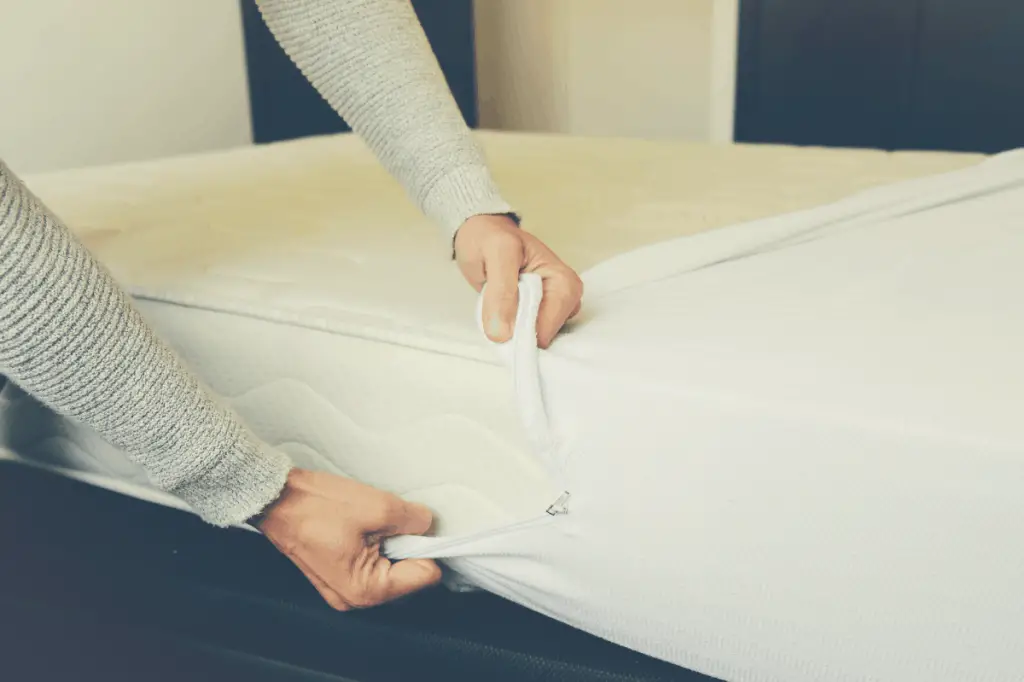 When it comes to house design, one of the most important elements is the bedroom. After all, it is where we spend a significant amount of our time resting and recharging. And the centerpiece of any bedroom is undoubtedly the mattress. However, over time, even the best mattresses can become worn out and uncomfortable. This begs the question: can mattresses be repaired? The answer is yes, and there are several options available for those looking to extend the lifespan of their bed.
1. DIY Fixes
If your mattress has minor issues such as a small tear or a sagging spot, you may be able to fix it yourself. For small tears, a patch kit designed specifically for mattresses can be used to seal and reinforce the damaged area. For sagging spots, you can try rotating and flipping your mattress regularly to distribute the weight more evenly. You can also add extra support with plywood or foam pads placed underneath the mattress.
2. Professional Repair Services
For more significant issues such as broken springs or deep indentations, it may be best to seek professional repair services. There are companies that specialize in mattress repair, and they can fix a variety of problems, from replacing individual springs to re-stitching seams. These services can be a cost-effective alternative to buying a brand new mattress.
3. Mattress Toppers
If your mattress is still relatively comfortable but has lost its firmness, a mattress topper can provide a quick and easy fix. These are thick layers of foam or other materials that can be placed on top of your mattress to add extra support and comfort. They come in various sizes and thicknesses, making it easy to find one that fits your mattress perfectly.
4. Prevention for the Future
To avoid having to repair your mattress in the first place, there are steps you can take to prolong its lifespan. Using a mattress protector can help prevent spills and stains, and regularly rotating and flipping your mattress can prevent uneven wear and tear. Additionally, investing in a high-quality mattress from the beginning can save you money in the long run as it will last longer and require fewer repairs.
In conclusion, while mattresses may not last forever, there are options for repairing them and extending their lifespan. Whether it's a simple DIY fix or seeking professional repair services, it is possible to keep your mattress in good condition for years to come. By taking preventative measures and addressing any issues promptly, you can enjoy a comfortable and supportive bed for a long time. So, the next time you wonder if mattresses can be repaired, remember that with the right approach, you can keep your bed in top shape.
When it comes to house design, one of the most important elements is the bedroom. After all, it is where we spend a significant amount of our time resting and recharging. And the centerpiece of any bedroom is undoubtedly the mattress. However, over time, even the best mattresses can become worn out and uncomfortable. This begs the question: can mattresses be repaired? The answer is yes, and there are several options available for those looking to extend the lifespan of their bed.
1. DIY Fixes
If your mattress has minor issues such as a small tear or a sagging spot, you may be able to fix it yourself. For small tears, a patch kit designed specifically for mattresses can be used to seal and reinforce the damaged area. For sagging spots, you can try rotating and flipping your mattress regularly to distribute the weight more evenly. You can also add extra support with plywood or foam pads placed underneath the mattress.
2. Professional Repair Services
For more significant issues such as broken springs or deep indentations, it may be best to seek professional repair services. There are companies that specialize in mattress repair, and they can fix a variety of problems, from replacing individual springs to re-stitching seams. These services can be a cost-effective alternative to buying a brand new mattress.
3. Mattress Toppers
If your mattress is still relatively comfortable but has lost its firmness, a mattress topper can provide a quick and easy fix. These are thick layers of foam or other materials that can be placed on top of your mattress to add extra support and comfort. They come in various sizes and thicknesses, making it easy to find one that fits your mattress perfectly.
4. Prevention for the Future
To avoid having to repair your mattress in the first place, there are steps you can take to prolong its lifespan. Using a mattress protector can help prevent spills and stains, and regularly rotating and flipping your mattress can prevent uneven wear and tear. Additionally, investing in a high-quality mattress from the beginning can save you money in the long run as it will last longer and require fewer repairs.
In conclusion, while mattresses may not last forever, there are options for repairing them and extending their lifespan. Whether it's a simple DIY fix or seeking professional repair services, it is possible to keep your mattress in good condition for years to come. By taking preventative measures and addressing any issues promptly, you can enjoy a comfortable and supportive bed for a long time. So, the next time you wonder if mattresses can be repaired, remember that with the right approach, you can keep your bed in top shape.



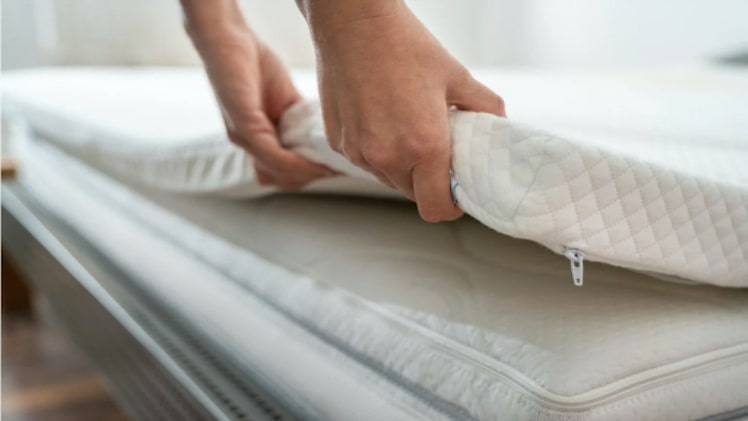

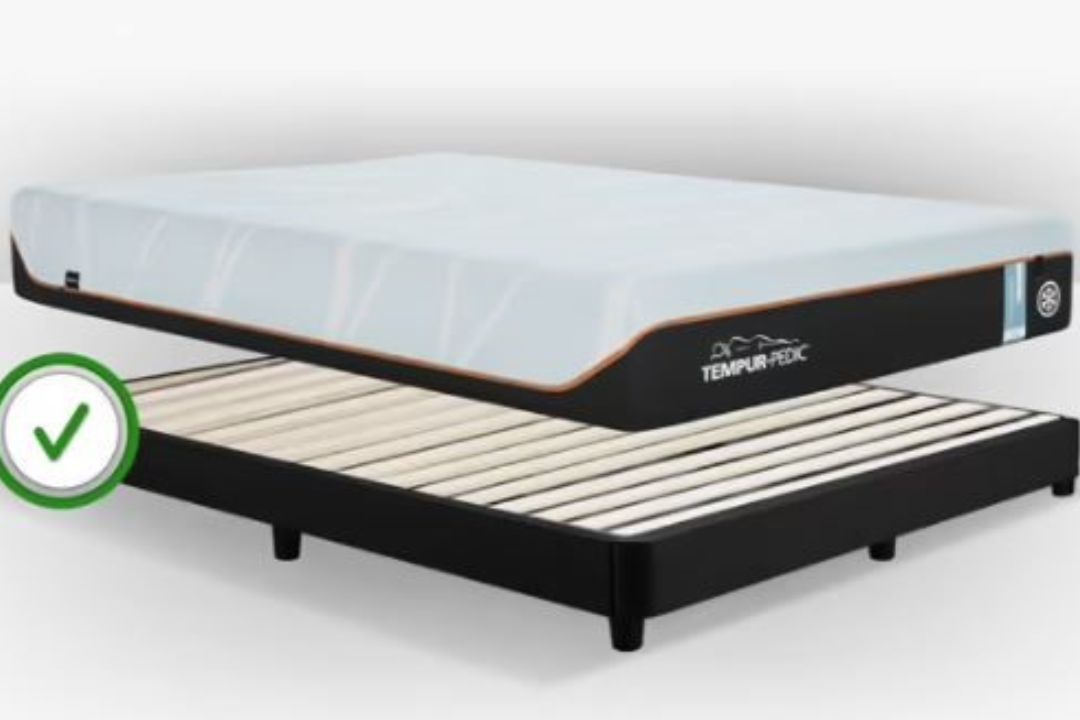
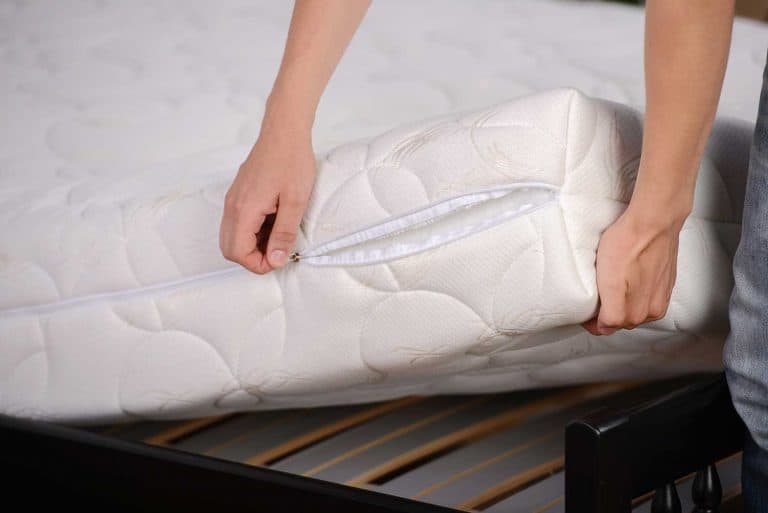
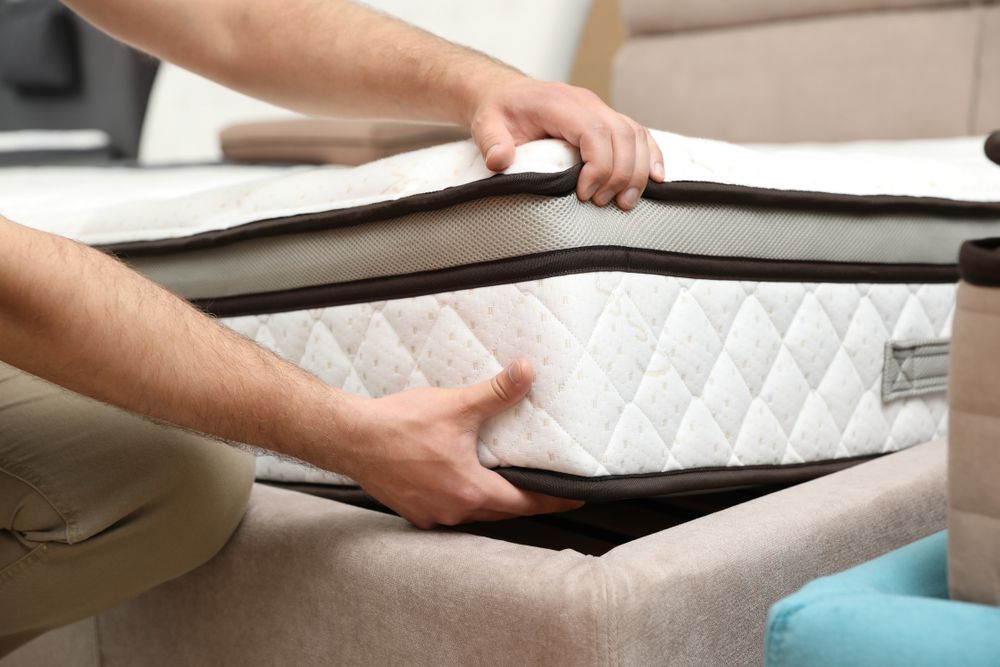

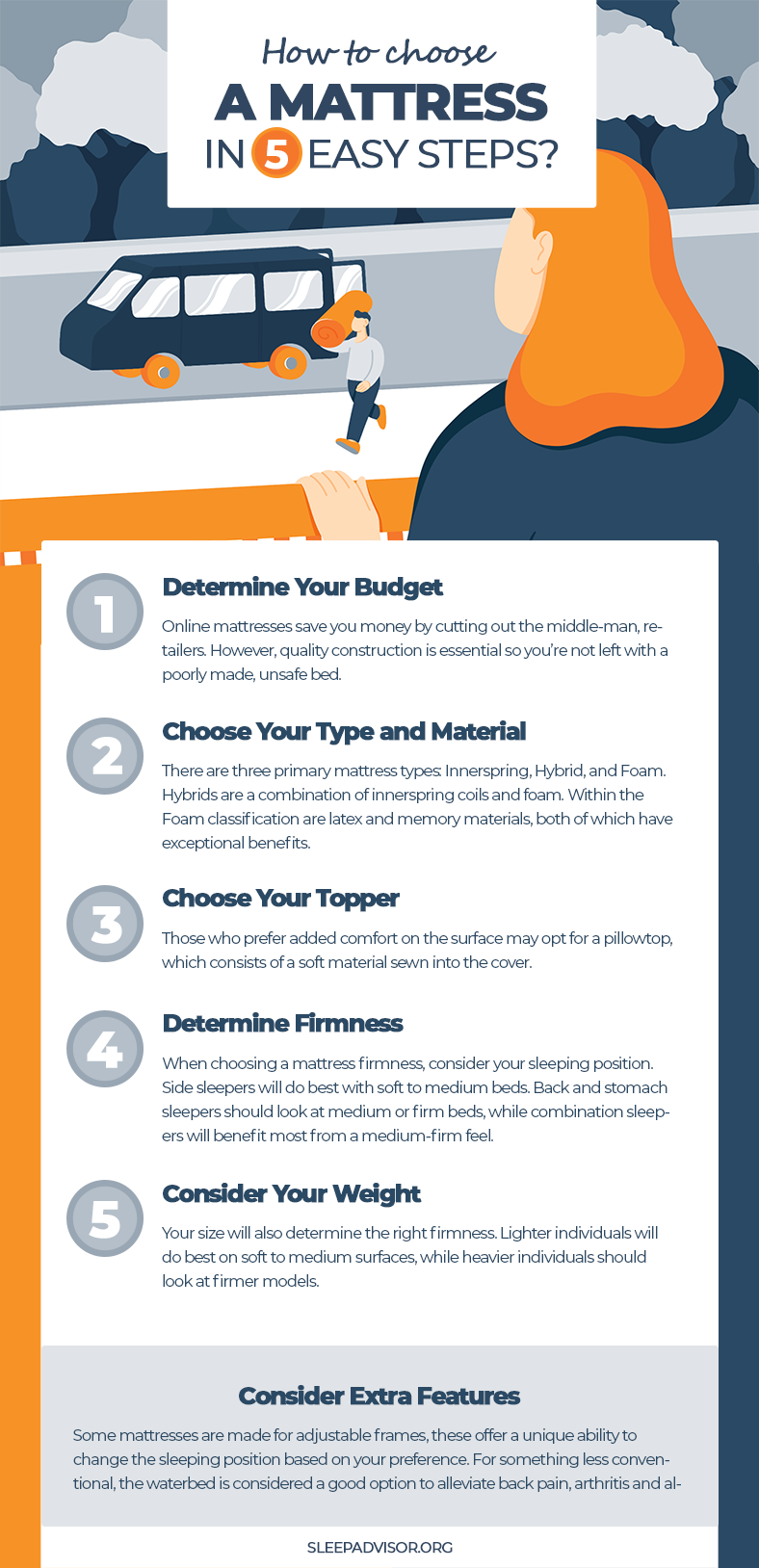

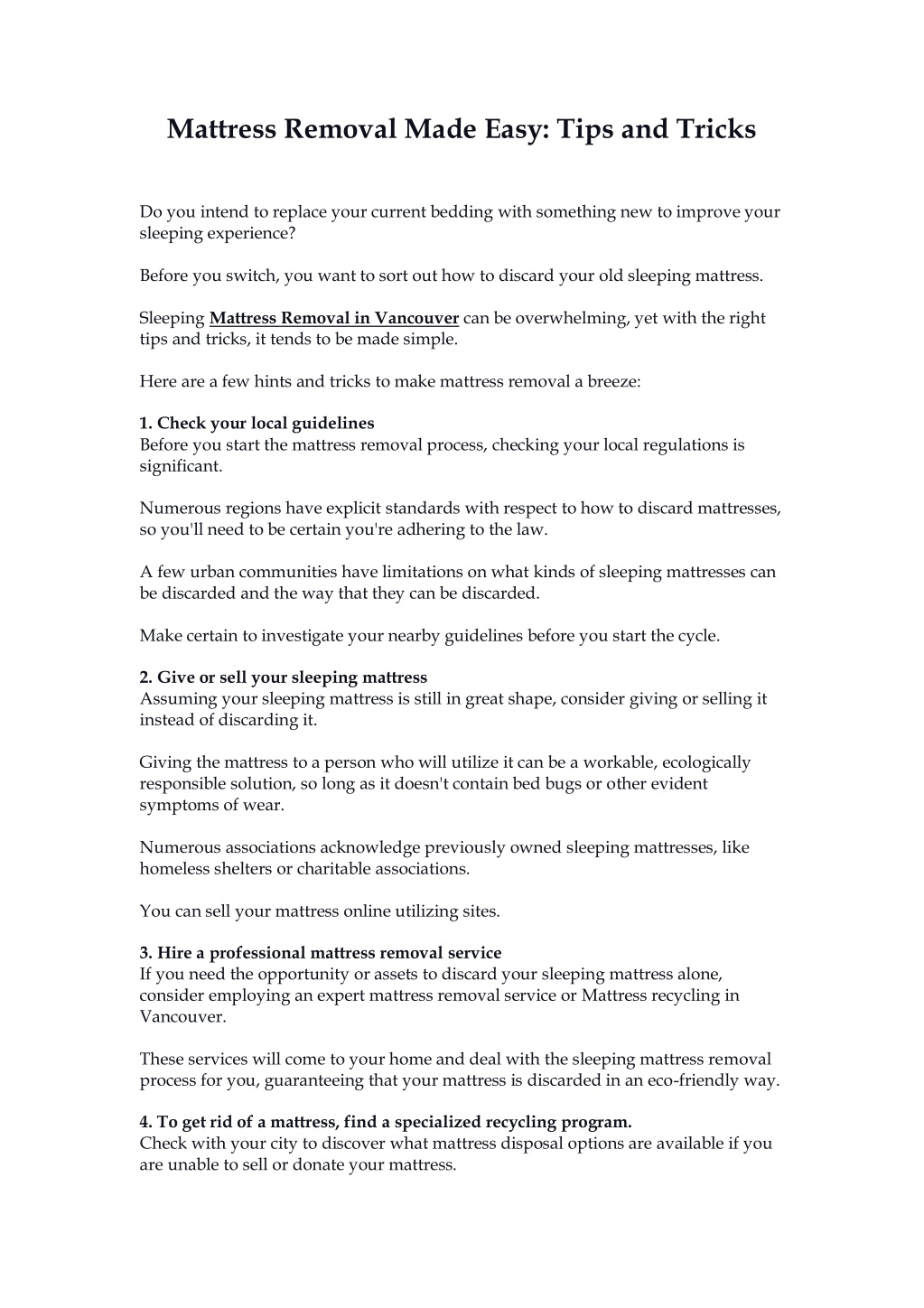
/Primary_Images-a885ad380d8b4cf693e1a2489fed2b51.jpg)


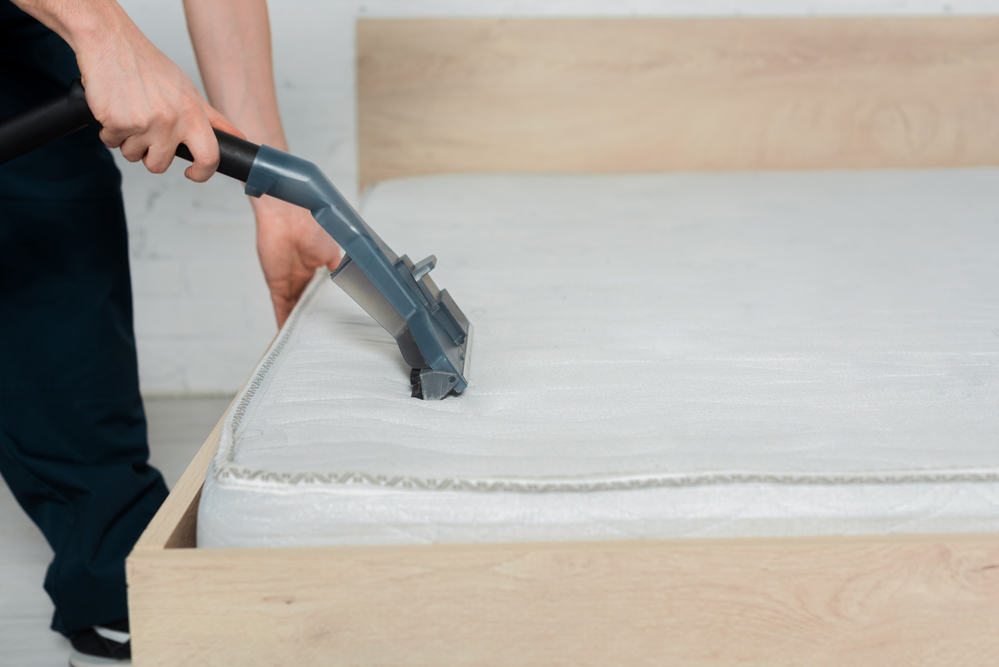


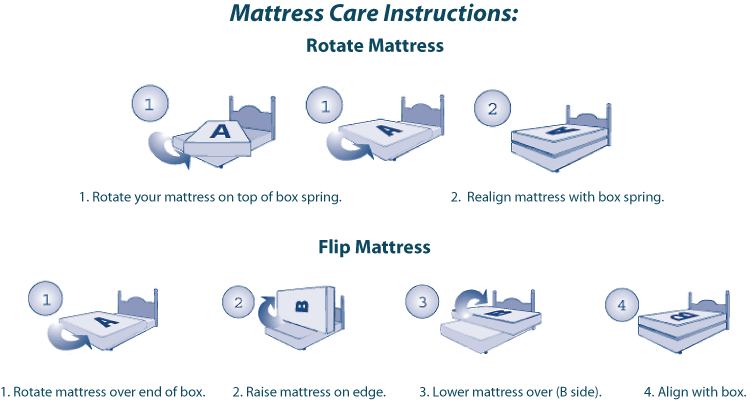








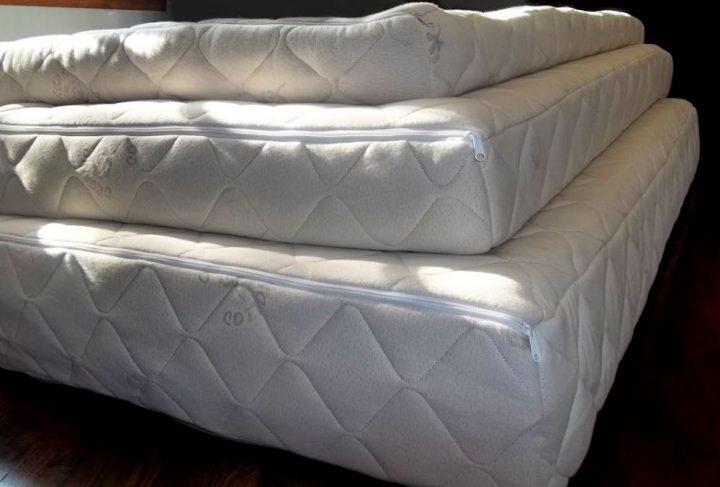










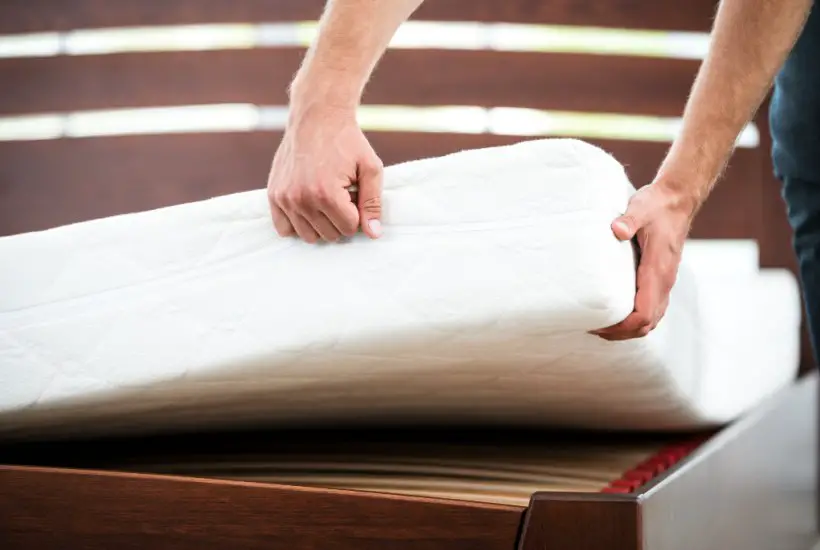
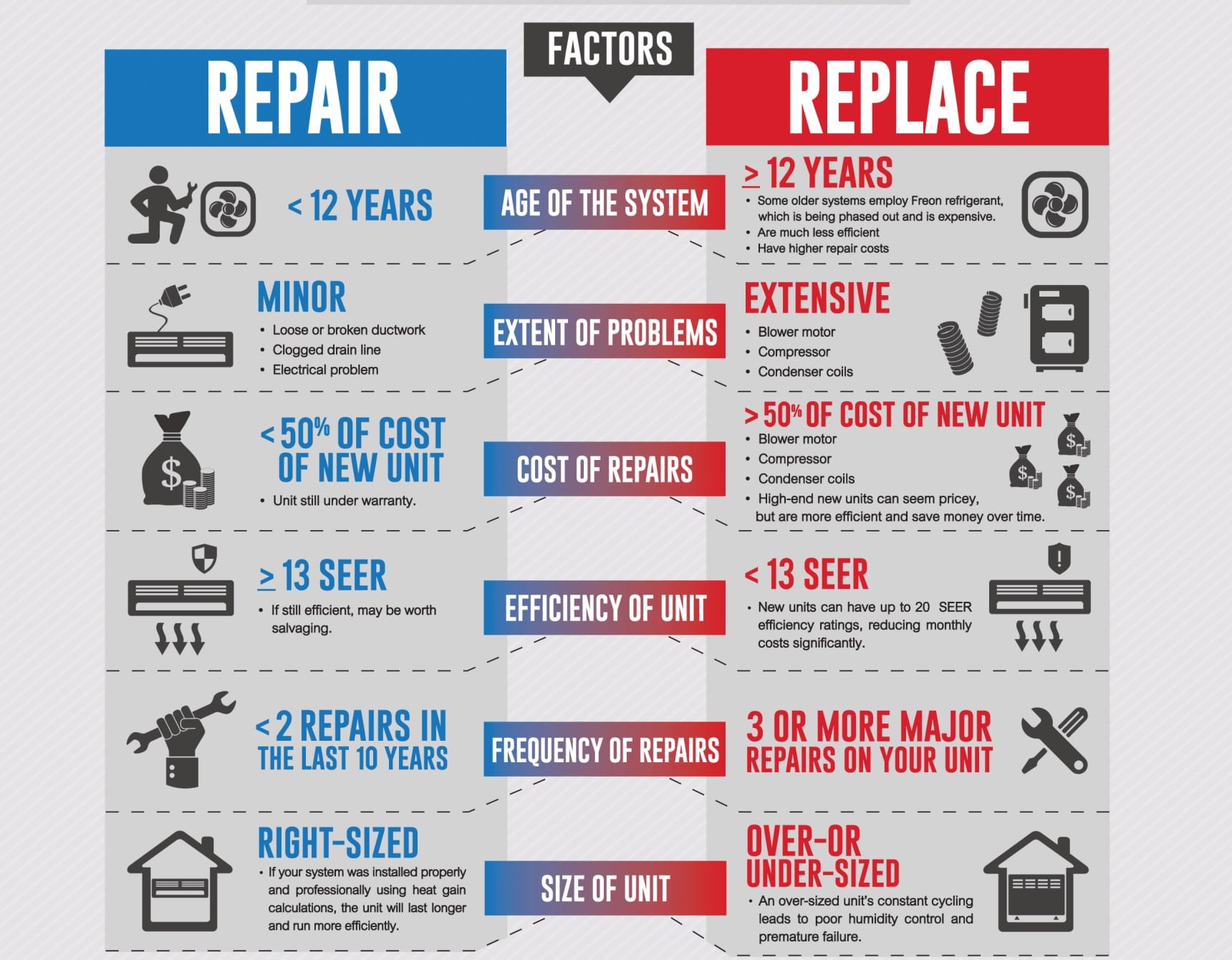





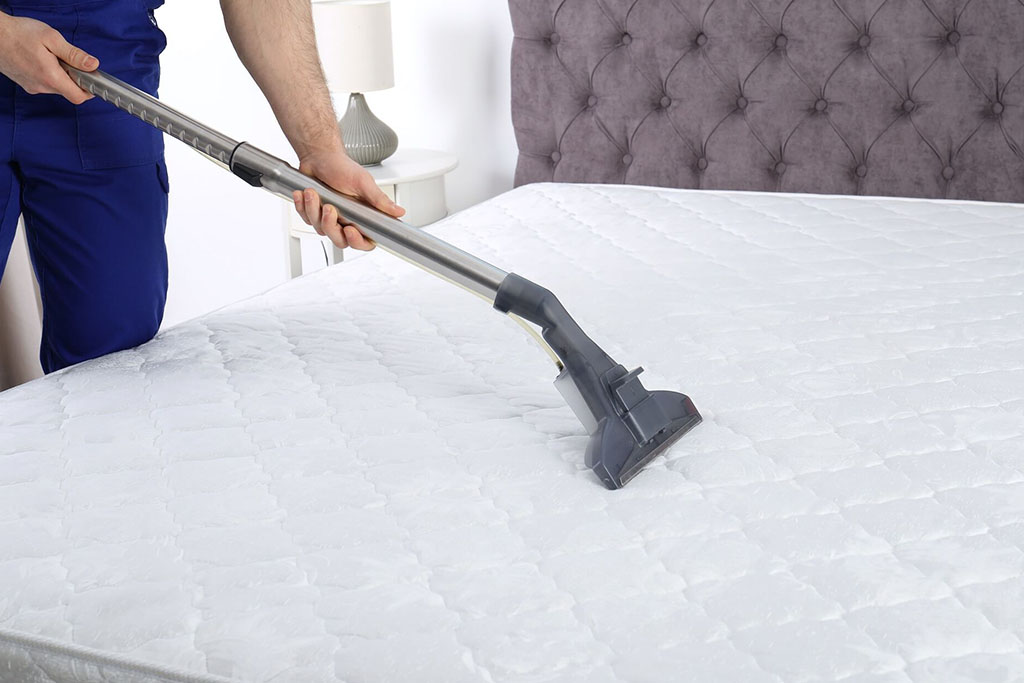







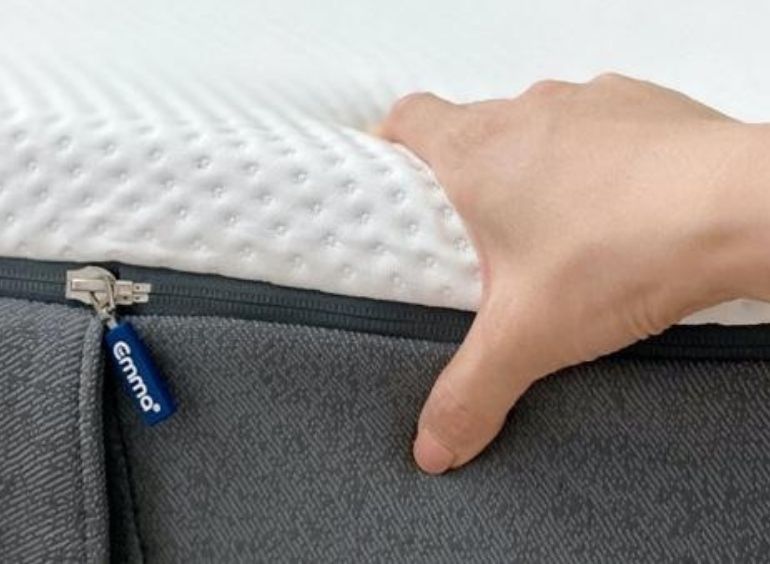
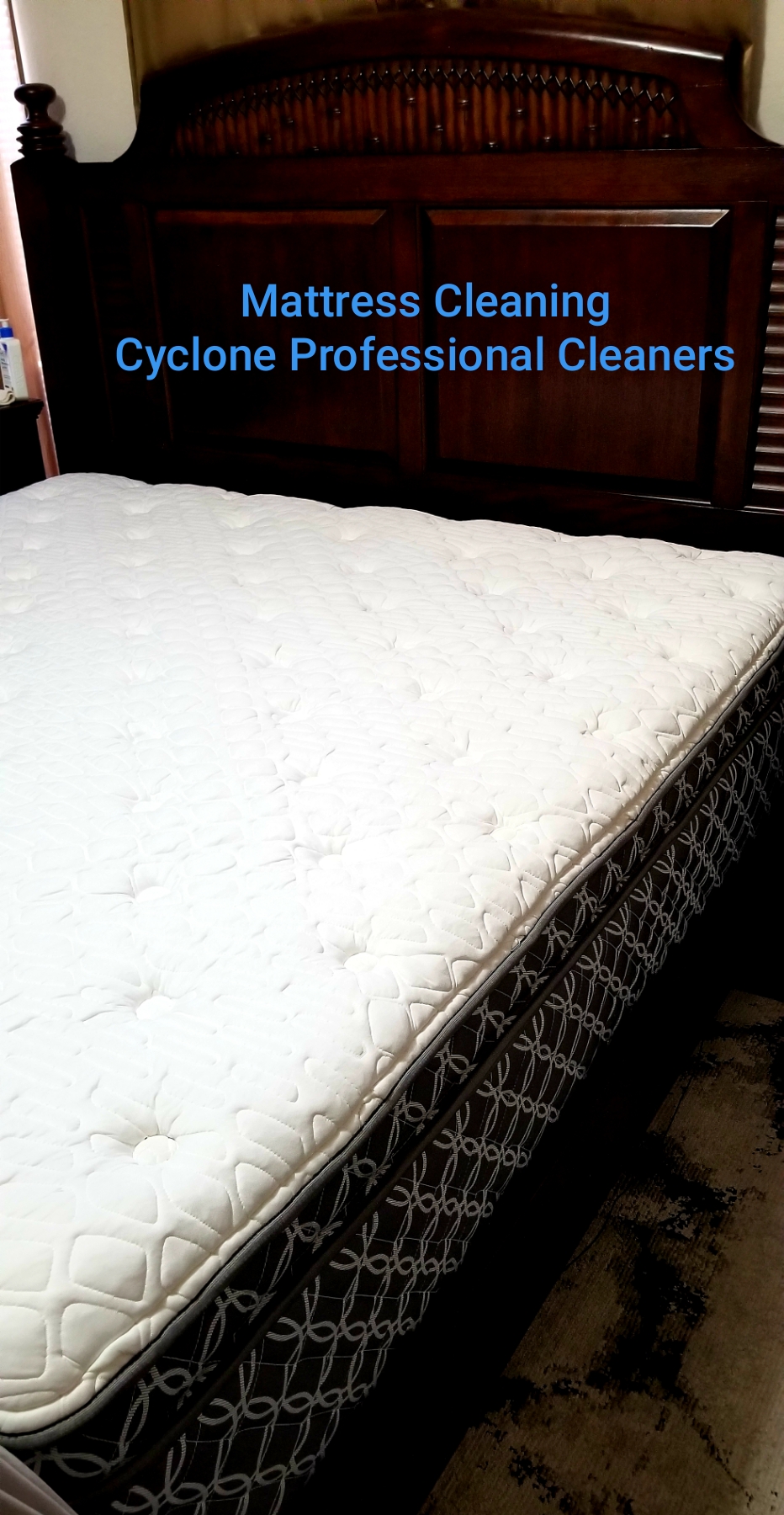


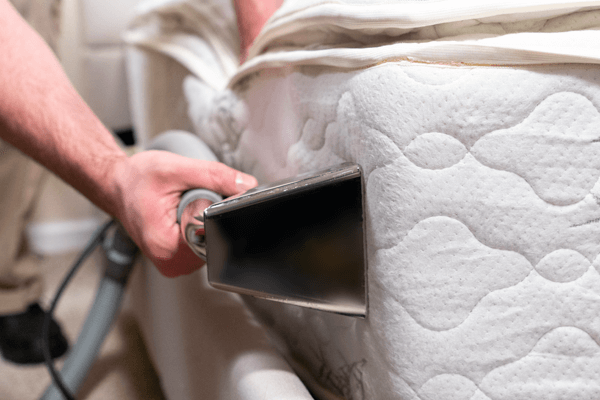

/GettyImages-1151589153-655907706e8642a5a4cac63f6cd5bc09.jpg)
